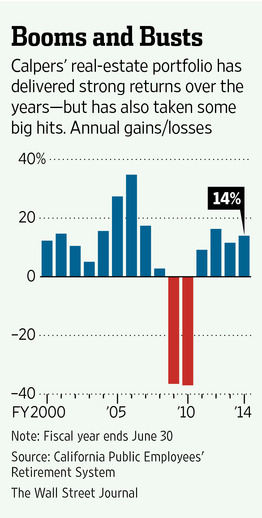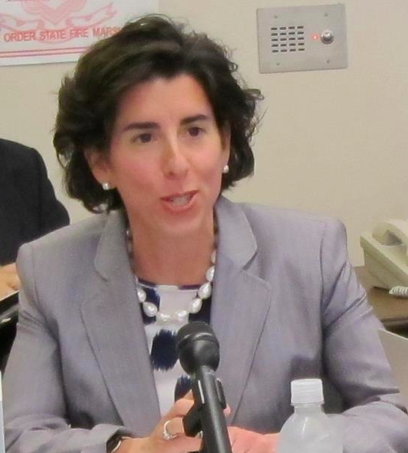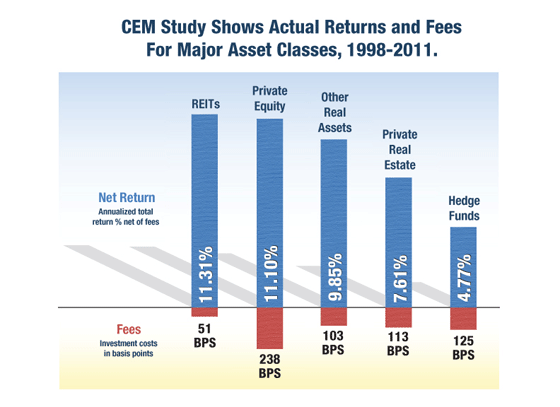Chicago Mayor Rahm Emanuel is leaving no stone unturned in his search for revenue sources that could help pay down the city’s unfunded pension liabilities, which total over $25 billion.
Complicating the search is the upcoming election; Emanuel has said he will not touch property, sales or fuel taxes, all of which are politically unpopular.
In the past year, Emanuel has increased the “telephone tax” and cigarette taxes. This week, he added three more tax hikes to the list. From the Chicago Tribune:
Mayor Rahm Emanuel plans to raise taxes on drivers who park in garages, those who own luxury skyboxes at Chicago stadiums and companies that try to avoid city taxes by making purchases in the suburbs to balance next year’s budget, aides said Monday.
The three tax hikes would net the city $31.4 million as the mayor seeks to close an estimated $297.3 million budget gap without raising property, sales or gas taxes ahead of the Feb. 24 city election, when Emanuel will ask voters to give him a second term.
Under Emanuel’s plan, the tax on parking in public lots would rise 2 percentage points, to 22 percent on weekdays and 20 percent on weekends. The city expects to collect $10 million from the increase in 2015, mayoral spokeswoman Kelley Quinn said.
As part of his first budget, Emanuel added a $2-a-day fee on cars parked in public lots on weekdays. And in 2013, Emanuel pushed through the City Council a switch from a flat parking tax of $5 to a percentage parking tax, which the mayor said would cost more for parkers in “premium” garages like those at hotels but potentially lower costs for people parking in economy garages.
The city estimates it would make $4.4 million by ending a 1995 “amusement tax exemption” on the cost of renting skybox suites at sporting events and concerts.
And the Emanuel administration says $17 million would flow into the city’s coffers next year by closing a loophole in the use tax charged to Chicago businesses that buy certain goods outside the city.
A breakdown of the city’s unfunded pension liabilities by system, from the City of Chicago website (data from 2012):
Municipal Employees’ Annuity & Benefit Fund of Chicago (MEABF): $8.2 billion
Laborers’ & Retirement Board Employees’ Annuity & Benefit Fund (LABF): $0.9 billion
Policemen’s Annuity & Benefit Fund (PABF): $7.0 billion
Firemen’s Annuity & Benefit Fund (FABF): $3.1 billion
Chicago Teachers Pension Fund (CTPF): $7.1 billion
Park Employees Annuity and Benefit Fund (PEABF): $0.4 billion










